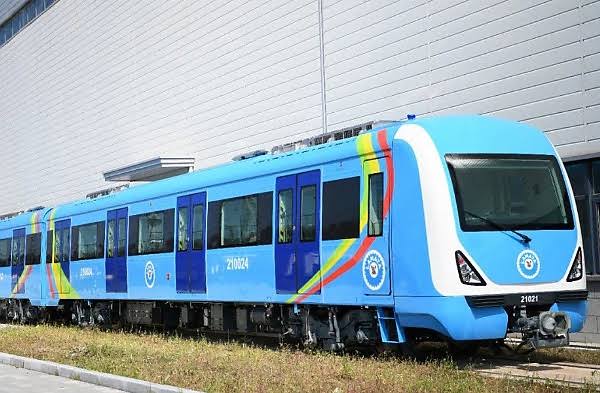
In Lagos State, history has been made with the completion of the 13km Lagos Blue Line Rail Phase 1 scheme (Marina-Mile2) infrastructure, with testing scheduled between Wednesday and first quarter of 2023, when the line will be fully operational.
The official opening will take place in January 2023, at the same time that the second phase will commence.

The first passenger trip on Tuesday by Babajide Sanwo-Olu, the state governor, Mudashiru Obasa, speaker of the House of Assembly; members of the state executive council, among other prominent persons, marked the completion of civil infrastructure work on the Lagos Rail Mass Transit being constructed by the Lagos Metropolitan Area Transport Authority.
The Blue Line project is a 27-kilometre rail route designed to run from Okokomaiko eastwards to Mile 2 and then proceed to Marina via Ijora.
The five stations have been completed, with 13km of the rail tracks laid in the first phase. Phase 1 of the Blue line is 13km long with five stations: Marina-National Theatre- Orile-Suru-Alaba-Mile 2, while Phase 2 will extend the line to 27km.
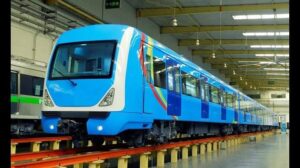
The first phase will transport 250,000 passengers daily and, when completed, the entire 27km will transport about 500,000 passengers daily. Each train comprises four coaches and each coach can take up to 180 passengers conveniently.
Jubril Gawat, the governor’s senior special assistant for new media, said on Twitter that fare gates at National Theatre station are now operational. Riders will be able to use their contactless Cowry Card to access the system – the state’s unified electronic payment system that is currently being used for Bus Rapid Transit and regulated ferry services.
“Governor Jide Sanwo-Olu’s arrival at the National Theatre Station of the Blue Line Rail Project (Phase 1) today to signal its infrastructure completion…. The CowryLagos with the touchandpayment system is already set for use at the station,” Gawat tweeted on Wednesday.
When the project eventually began operations last year, it renewed expectations for an improved transportation experience. However, the project’s implementation has been fraught with ups and downs.
The concept of creating rapid transit in Lagos dates back to 1983 when the Lateef Jakande administration proposed the Lagos Metroline network.
Back to the Lagos Metro, in early 2000, Bola Tinubu, the then-governor of Lagos State, renewed the need for the state to restore the metro line, which was publicly announced in December 2003.
The initial section of the network, Phase I of the Blue Line, was supposed to be finished in 2011; however, construction has been delayed due to a lack of funds and change of government. However, in May 2012, the Lagos government initiated negotiations with potential investors for the operation and maintenance of the line.
The Blue Line Rail project was awarded through international competitive bidding and won by China Civil Engineering Construction Company, a subsidiary of China Railway Construction Corporation.
In February 2021, the Lagos State Government announced that the Blue and Red Lines would be open by December 2022.
In 2019, Sanwo-Olu, reaffirmed his commitment to bringing the Blue and Red Line projects to conclusion during the tenure of his administration as part of measures to combat the menace of gridlock and wasted man-hours in Lagos.
The first pillar of his development agenda, themed ‘THEMES,’ is traffic management and transportation, with others including health and environment, education and technology, transforming Lagos into a 21st-century economy, entertainment and tourism, and security and governance, all of which his administration has vigorously pursued.
“This milestone in the development of the Lagos rail mass transit is the culmination of several impactful reforms in the transport ecosystem of Lagos State, starting in 1999, the dawn of the fourth republic, Asiwaju Bola Tinubu assumed office as governor,” he said on Tuesday during the first passenger trip.
“Our vision for an integrated transport system is enunciated in the Traffic Management and Transportation pillar of our T.H.E.M.E.S agenda. Our transportation strategy is a multimodal one, bringing together the various elements of the road, rail, and water, and ensuring they are seamlessly integrated.’
With the Blue Rail Line fully operational, businesses, residents, and visitors along the corridor will be able to make stops at several proposed stations, including Agbado, Iju, Agege, Ikeja, Sogunle, Oshodi, Mushin, Yaba, Ebute Metta, and Iddo, with connections to the international and domestic wings of Murtala Muhammed Airport.
From BusinessDay
For ADVERT Placement in allcitynews.ng!, for EVENT Coverage!, to PUBLISH a story in allcitynews.ng! Or Have breaking story with pictorial evidence, kindly send such to ojezand@yahoo.com. Thank you..
Disclaimer:
Comments expressed here do not reflect the opinions of allcitynews.ng or any employee thereof. It assumes no responsibility or liability for any errors or omissions in the comments.
Allcitynews.ng’s goal: To be the most influential, informative and reliable issues-based online newspaper in working for the unity, peace and development of the Country.




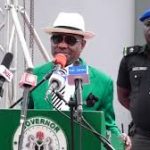




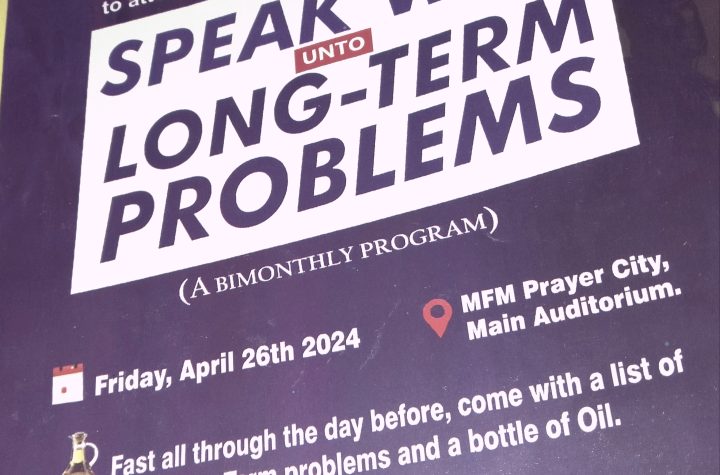
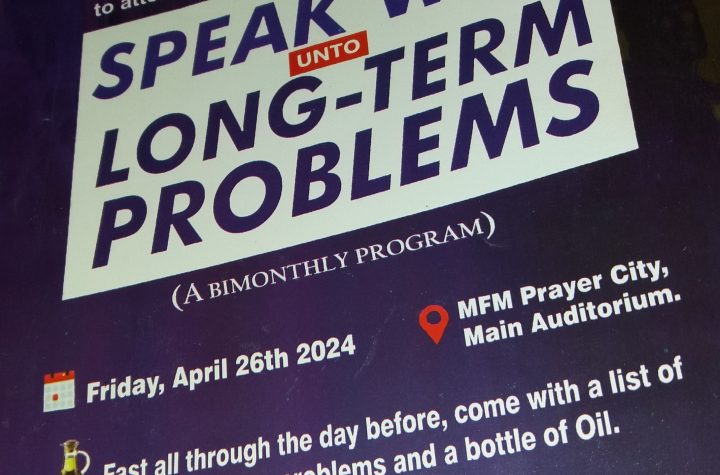


More Stories
FCCPC finally seals Abuja Chinese supermarket over discrimination against Nigerians
Recapitalization: CPPE implores CBN to ensure minimum risk to shareholders, employees
CBN’s recall of BDCs into FX Market boosted Naira Recovery- says Gwadabe